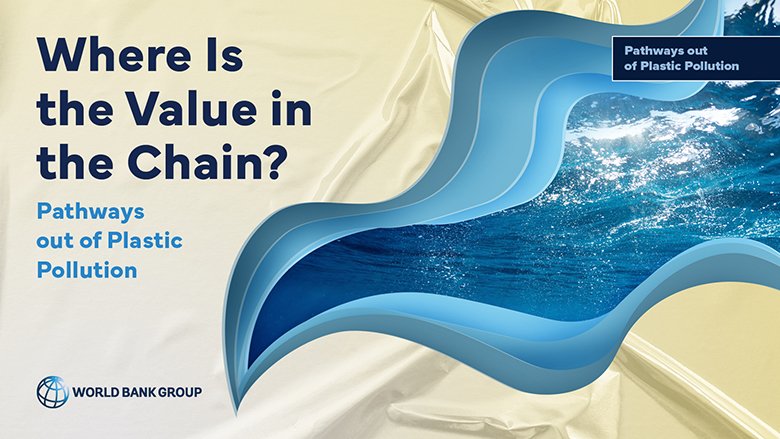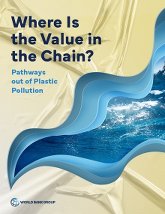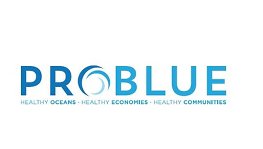EXECUTIVE SUMMARY: Where Is the Value in the Chain? Pathways out of Plastic Pollution
KEY MESSAGES: Where Is the Value in the Chain? Pathways out of Plastic Pollution
SUMMARY: The Plastics Policy Simulator (PPS)
SUMMARY: The Plastic Substitution Tradeoff Estimator
Plastic Pollution is a Development Issue
Plastics are ubiquitous and have accorded many benefits in modern life. In recent decades, however, the downside of consumption revealed itself with omnipresent plastic waste, resulting in huge costs to the environment, biodiversity, livelihoods, and human health, on top of high contributions to greenhouse gas emissions all along the plastic lifecycle. Interventions are needed at every stage of the plastic lifecycle to stop the leakages and increase circularity but there are broken links along the plastic value chain that prevent the necessary changes.
Are There Pathways out of Plastic Pollution?
Where Is the Value in the Chain? Pathways out of Plastic Pollution shows that a comprehensive mix of coherent policy instruments is most effective to prevent plastic pollution. This can turn the plastic value chain from linear to circular and reduce the volume of plastic waste.
Key Principles for Policy Makers
- Develop Strategies and National Action Plans Tailored to Country Context. Under the forthcoming global, legally binding instrument to end plastic pollution, countries will likely need to develop action plans and policies to manage plastic pollution. Such plans should combine traditional solid waste management solutions with those closer to pollution control, including industrial and product policies. The 3P tools (below) help set plastics policy targets and simulate the financial, social, fiscal, climate, and employment impacts of various policies on firms, households, and government. This helps avoid mistakes in later implementation.
- Combine Policy Instruments in a Coherent Way. Preventing plastic pollution requires the creation of sustainable markets, which need to be enabled by a comprehensive set of coherent policy instruments. These instruments combine upstream incentives for producers and consumers, and downstream measures for improving solid waste management systems. Although best results are achieved when combining policy instruments, transitioning to a comprehensive approach will take time and requires sequencing.
- Consider the True Cost of Plastics and Alternatives to Society. Phasing out plastics requires comparing the full lifecycle costs of plastic products and their alternatives. This enables better decision making and facilitates agreements on priority goals to be achieved. When deciding how to substitute plastic items, it is essential to compare the benefits of action (such as avoided damages caused by pollution) to the costs of achieving these benefits and the costs of alternatives.
Filling Knowledge and Methodology Gaps
Pathways out of Plastic Pollution brings insights from the development of two models:
- The Plastics Policy Simulator (PPS)—A country-level, data-driven model for policy analysis to better describe the impacts of different policy instruments and policy packages on individual economic agents and on the plastic value chain at large. Piloted in Indonesia, its objective is to support policy makers and others in government, industry, and civil society around the world in search of policy solutions to stem the flow of plastics by bringing an evidence-based approach to policy.
- The Plastic Substitution Tradeoff Estimator—An innovative model that can inform target setting by estimating the external costs of 10 plastic products and their alternatives along their entire life cycle. It was developed and piloted in five countries but can be applied in any country to identify what substitution materials, or what combination of them, would perform best in each scenario, and to examine tradeoffs between plastics and alternatives to help establish targets for reduction and substitution.
The findings from the development and piloting of the models are consolidated in the Pathways out of Plastic Pollution report, which brings greater transparency and evidence into decision-making processes and will help countries in their efforts to end plastic pollution.
Note: The reports for the models will be publicly available on this page in due course. The models themselves will be shared upon demand from countries and with World Bank support. Email us at 3P_info@worldbank.org to request more information.
For further updates on the Pathways out of Plastic research, please sign up for the 3P-related news.


